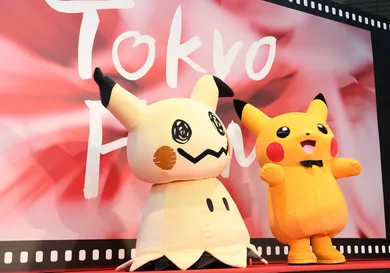A new Stanford University alleges individuals who used to play Pokemon-games during their childhoods have most likely developed a specific area within their brain meant to spot pokemon. Scientists have always tied experience to brain matter, relatedly our ability to spot faces, words, numbers, and our celebrity crushes amidst large crowds. A Harvard Medical School study done on chimps showed early exposure to objects developed unique regions in their brain matter. According to this new study, the same can be said of humans and the unique characters found within pokemon games.
The current theory supports affirms that early childhood exposure leads to specific novel matter results in a re-assignment and development of new brain regions. The latter is assumed to occur because the brain is still malleable at a young age and further grows based on what we are exposed to. Hence, researchers found specific brain sections were activated in sight of Pikachu, Wobbuffett, and Bulbasaur and those sections happen to be the same neural areas linked spotting animals.
Steven Ferdman/Getty Images
Stanford grad student Jesse Gomez shared in relation to the newfound results from the study: "hat was unique about Pokémon is that there are hundreds of characters, and you have to know everything about them in order to play the game successfully. The game rewards you for individuating hundreds of these little, similar‑looking characters. I figured, ‘If you don’t get a region for that, then it’s never going to happen."
So, if you were planning to check out the new detective Pikachu movie, be aware your brain will be prepared to spot the yellow pokemon.







